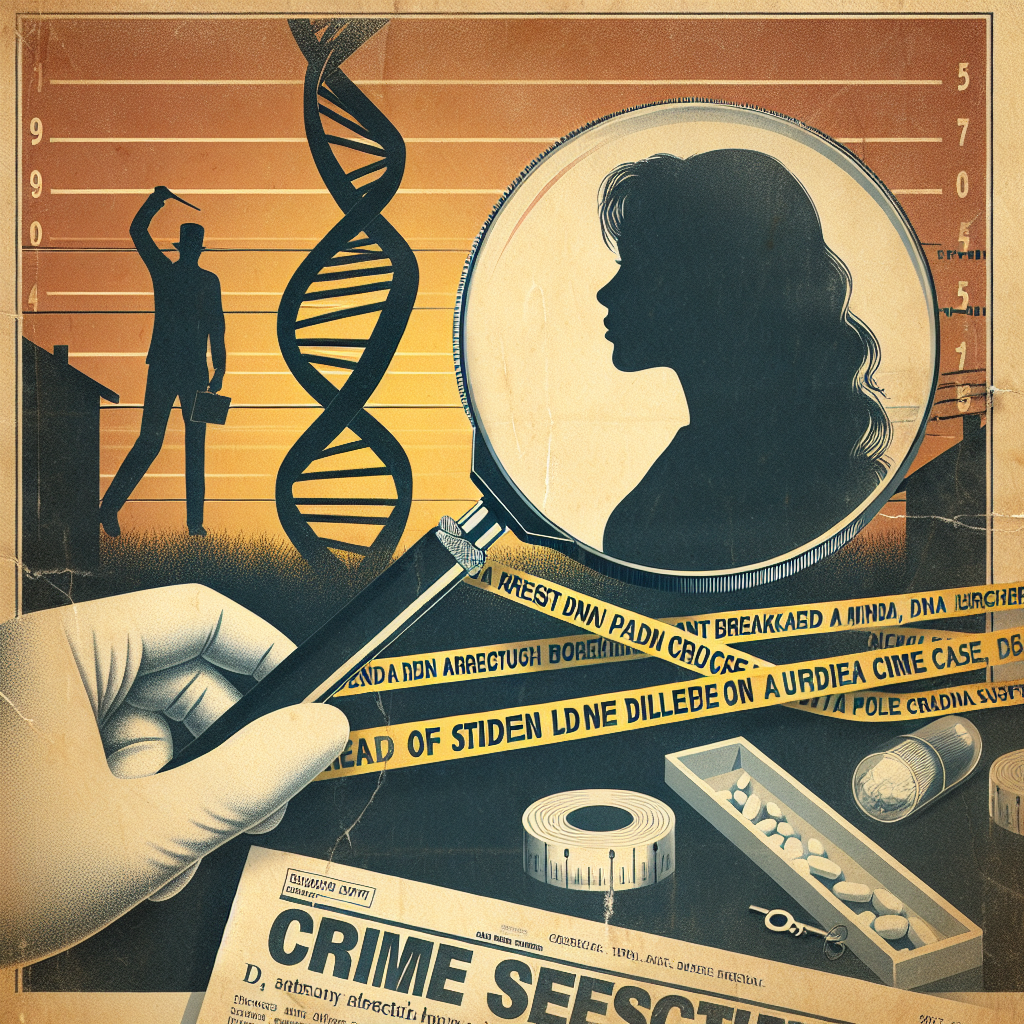DNA Breakthrough Revives Painful Memories with Arrest in 1977 Hawaii Teen Murder Case
DNA Breakthrough Revives Painful Memories with Arrest in 1977 Hawaii Teen Murder Case
Introduction
In a significant development, advancements in DNA technology have led to a breakthrough in a decades-old cold case, bringing both relief and renewed anguish to the families involved. The arrest in the 1977 murder of a Hawaii teenager marks a pivotal moment in forensic science and justice.
The Case Revisited
The tragic murder of a teenage girl in Hawaii in 1977 had remained unsolved for over four decades. Despite numerous investigations, the case had gone cold, leaving the victim’s family without closure.
Breakthrough in DNA Technology
- Recent advancements in DNA analysis have enabled law enforcement to re-examine old evidence.
- Forensic experts utilized cutting-edge techniques to extract and analyze DNA samples that were previously unusable.
- This technological leap has been instrumental in identifying new leads and suspects in cold cases.
Arrest and Implications
The breakthrough led to the arrest of a suspect, reigniting public interest and media coverage of the case. This development has significant implications for the justice system and the families affected by unsolved crimes.
Emotional Impact on Families
- The arrest has brought a mix of emotions for the victim’s family, including relief, grief, and a reopening of old wounds.
- Families of other unsolved cases are hopeful that similar breakthroughs could bring them closure.
Conclusion
The arrest in the 1977 Hawaii teen murder case underscores the transformative power of modern DNA technology in solving cold cases. While it offers a path to justice, it also revives painful memories for those involved. This case highlights the potential for science to bring long-awaited answers and closure to families affected by unsolved crimes.

















